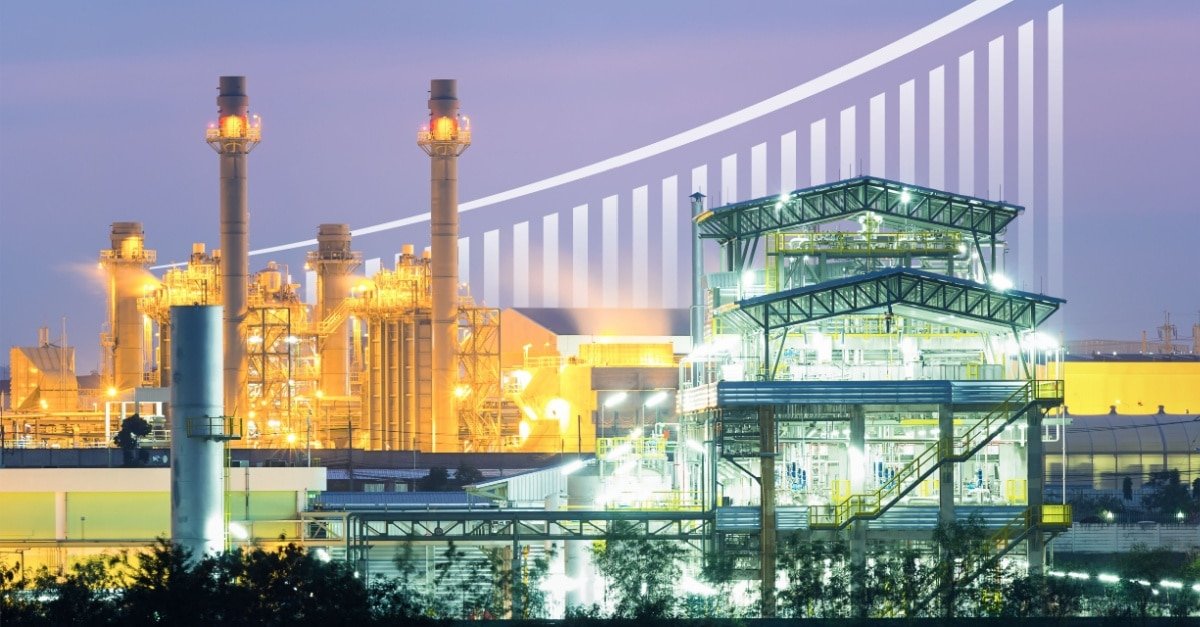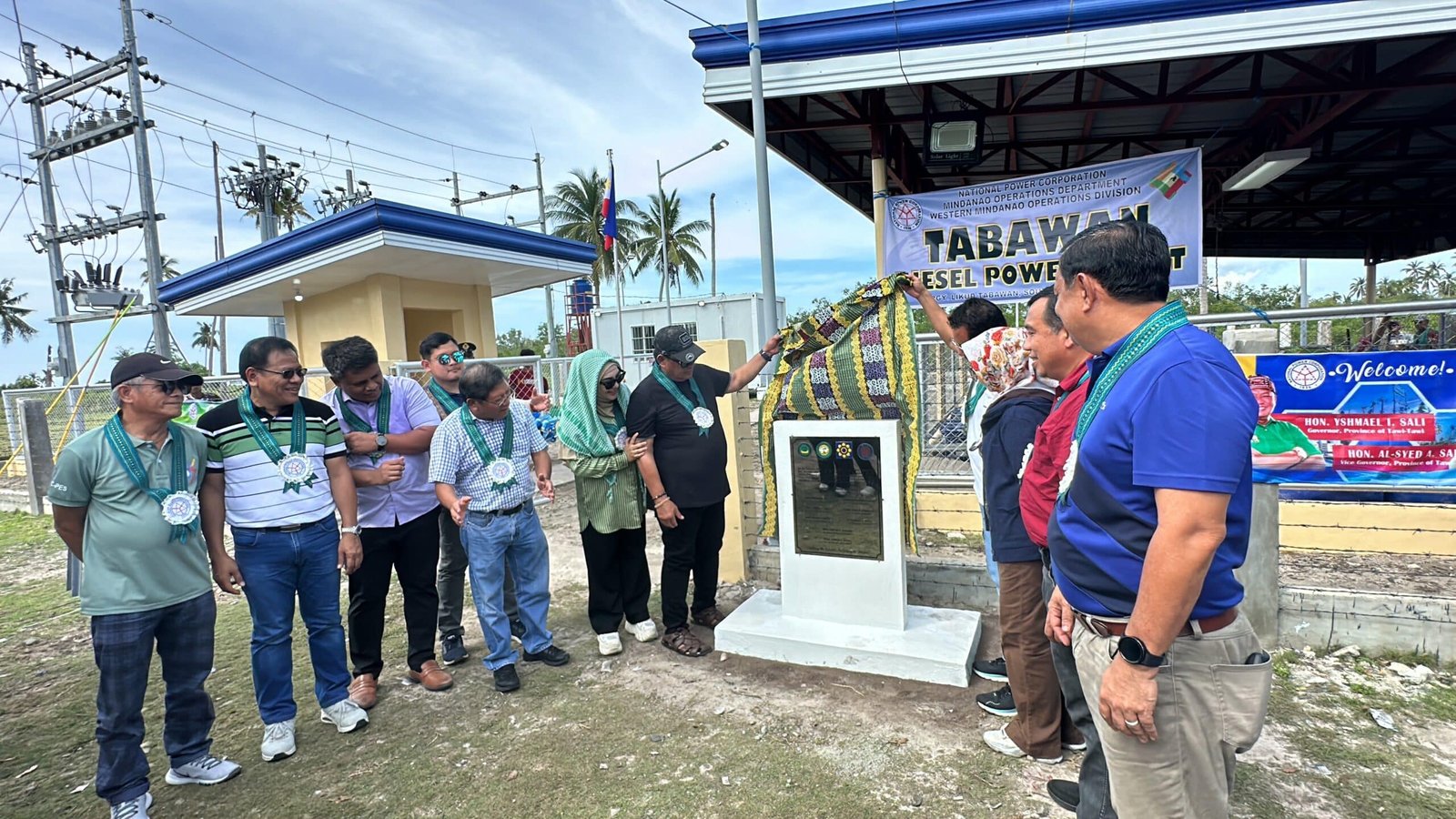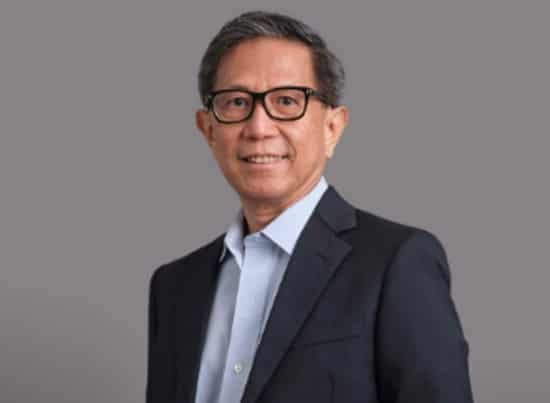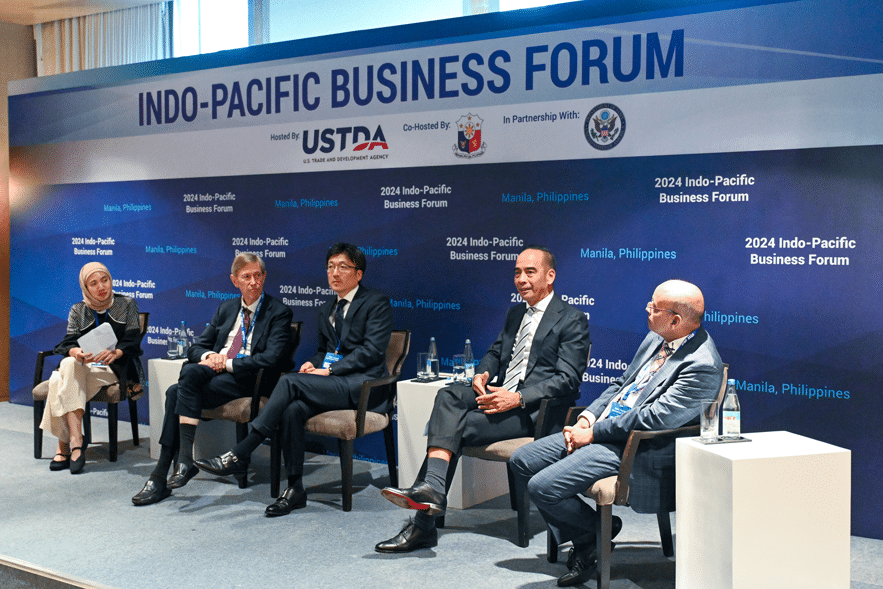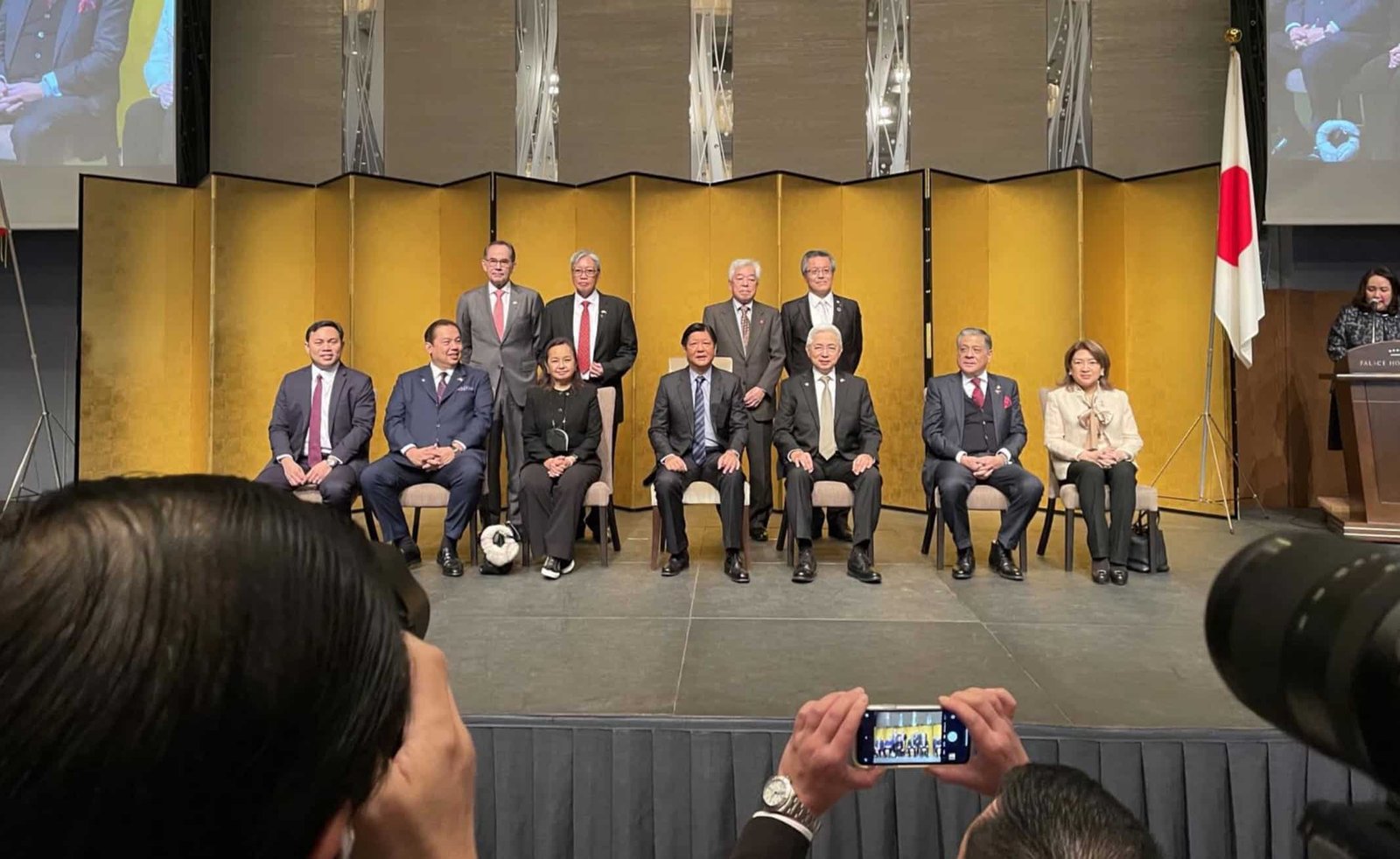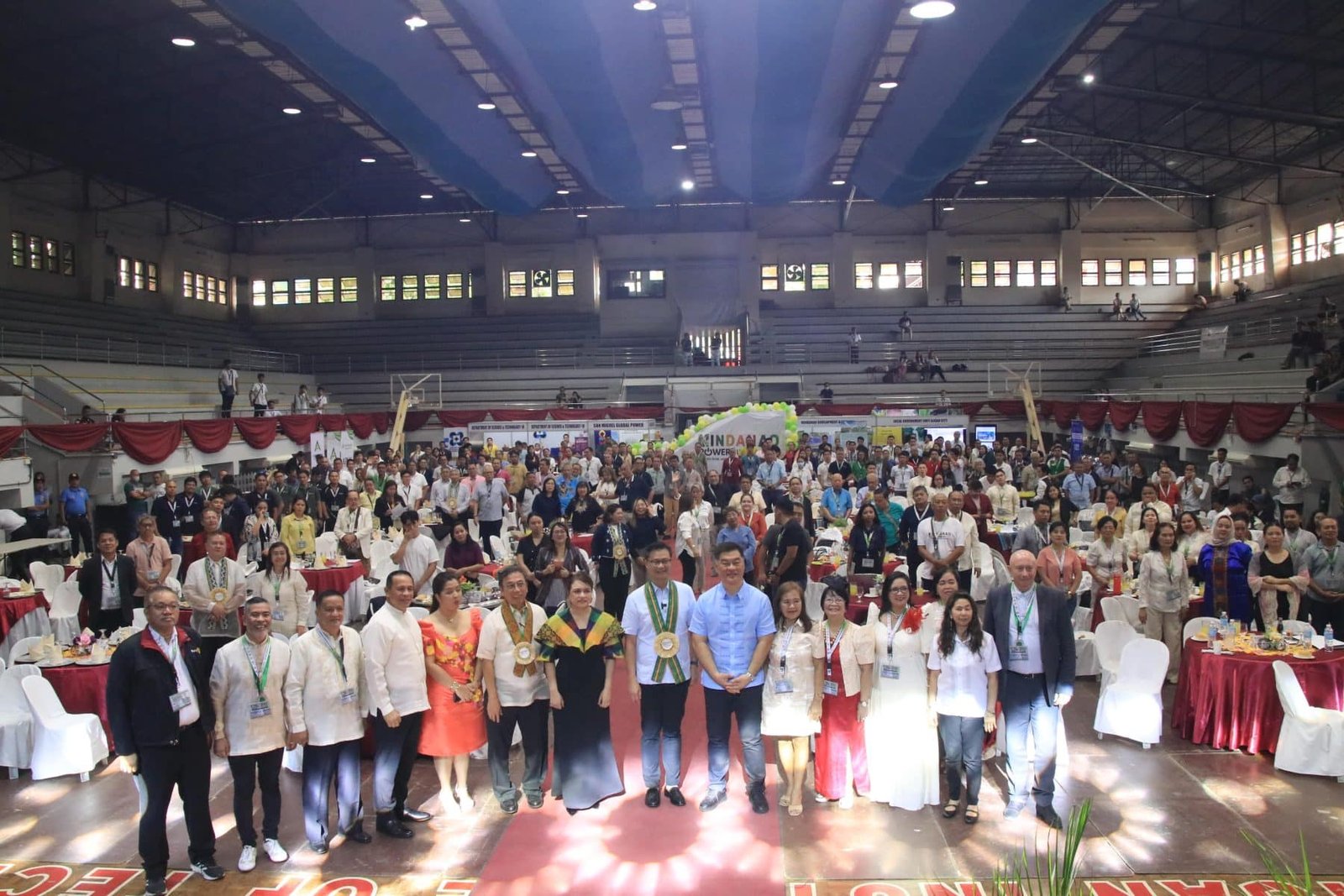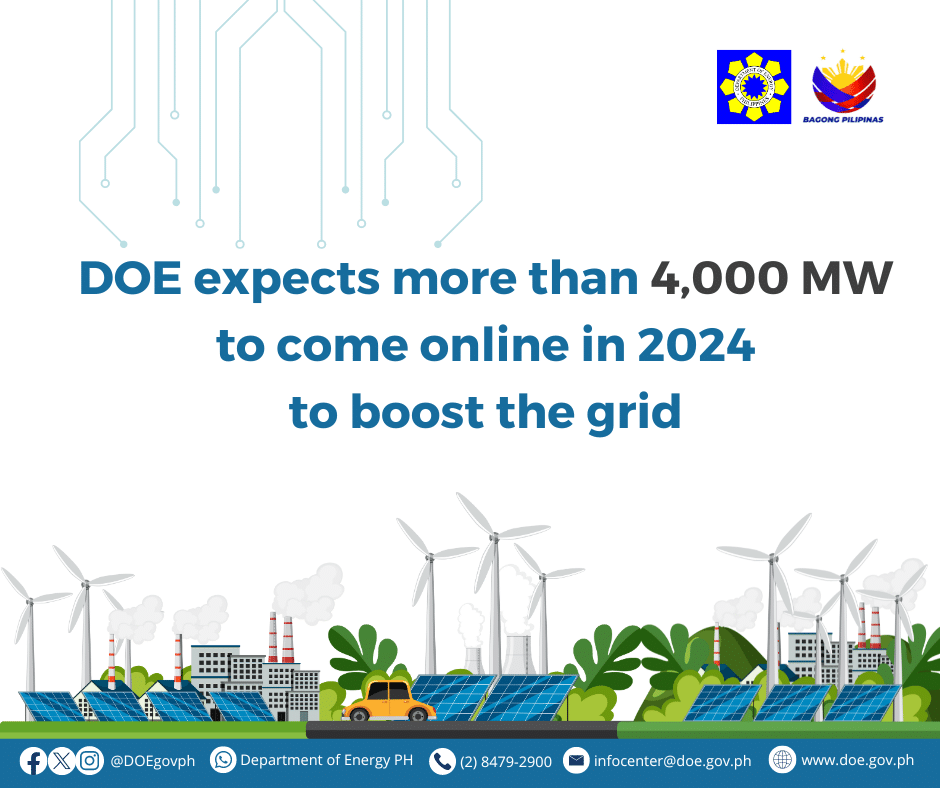
Meeting Mindanao’s Rising Energy Demands
Mindanao’s current energy supply is adequate to meet its demand. This is what Rapha Julysses Perez from the DOE Mindanao Field Office stated at the forum, “Powering the Future: A Collaborative Approach to Energy Sustainability in the Davao Region,” last October.
However, Perez warned this consistency might not last without additional generation capacity. “We have consistent supply but (not) for long,” he said. “We need more generation supply.”
Sustaining Mindanao’s Growth
Business leaders in Mindanao are increasingly concerned about the region’s energy future, following warnings from the Mindanao Development Authority (MinDA) about a potential power shortage by 2027.
In an interview with BusinessWorld, Miguel Rene Alcantara Dominguez, President of the General Santos City Chamber of Commerce and Industry, mentioned Mindanao Development Authority’s warning that the island could face significant power deficits.
Montenegro pointed out that Mindanao’s energy demand is growing by 5% to 7% annually, requiring an additional 100 megawatts each year to keep pace with the area’s expanding real estate, manufacturing, agricultural, and residential needs. “The reserve that we have today will start to go down unless new capacities come in,” he said, stressing the urgent need for new power sources.
Joji Ilagan-Bian, Chair of the Philippine Chamber of Commerce and Industry’s BIMP-EAGA committee, revealed that Mindanao’s business leaders had submitted a resolution to President Ferdinand Marcos Jr., urging the government to prioritize finding alternative energy sources. “Power is what makes the economy roll. Without it, the economy would be at a standstill,” she said.”
Addressing energy concerns
The DOE Mindanao Field Office expects an 18% rise in the country’s energy capacity this year, with over 1,900 MW coming from renewable energy sources. As part of the government’s goal to achieve a 50:50 balance between renewable and non-renewable energy by 2030, the DOE is also exploring ocean energy, with two studies underway in Mindanao, targeting capacities of 10 MW and 6 MW, respectively.
Agnes Garcia, national convenor of ILAW, an energy consumer organization, shared that the group is working closely with electric cooperatives and government bodies to address power outages.
ILAW has conducted focus group discussions and is actively engaged in a study on the economic impacts of blackouts on businesses. Garcia said, “Since the launch of our study on the economic impact of blackouts on businesses, ILAW has met with mayors and governors to discuss its results and our recommendations. Additionally, ILAW is part of the technical working group to amend the Electric Power Industry Reform Act. We look forward to taking further steps to achieve our vision of affordable and accessible electricity for all Filipinos.”
Sources:
https://malaya.com.ph/business/enterprise/mindanao-needs-more-energy-sources/






